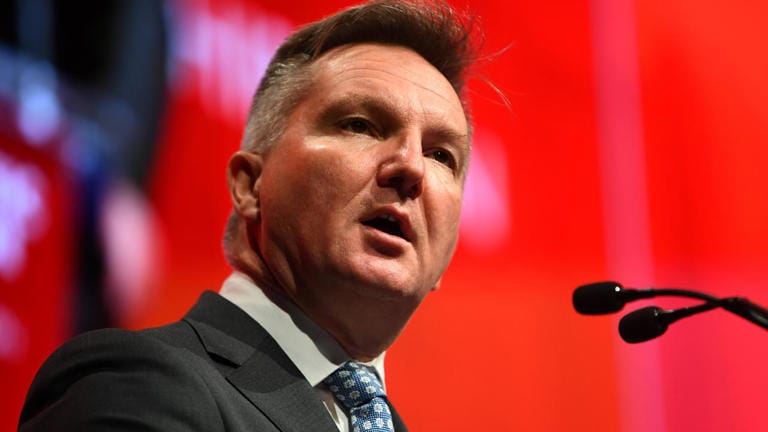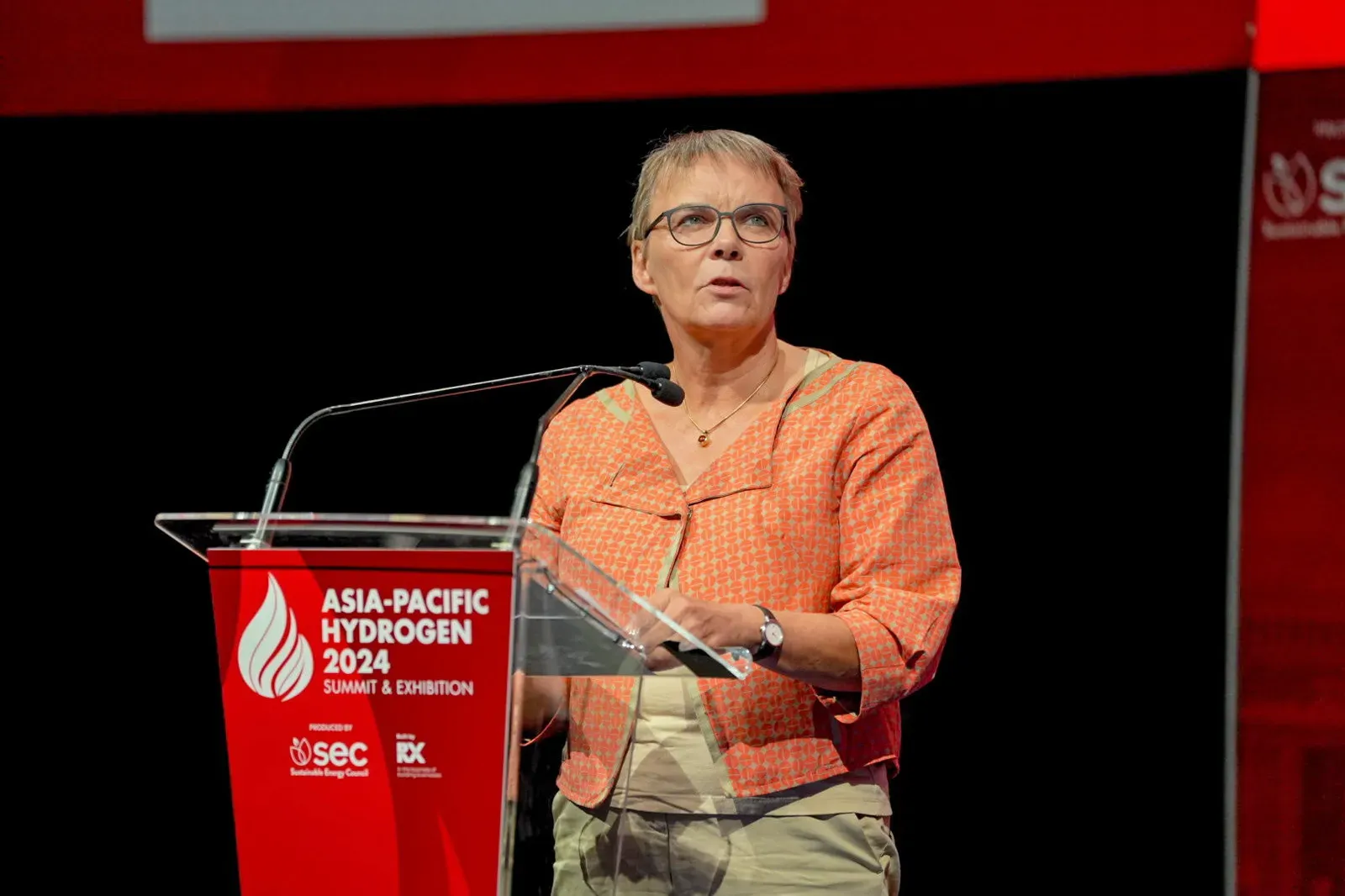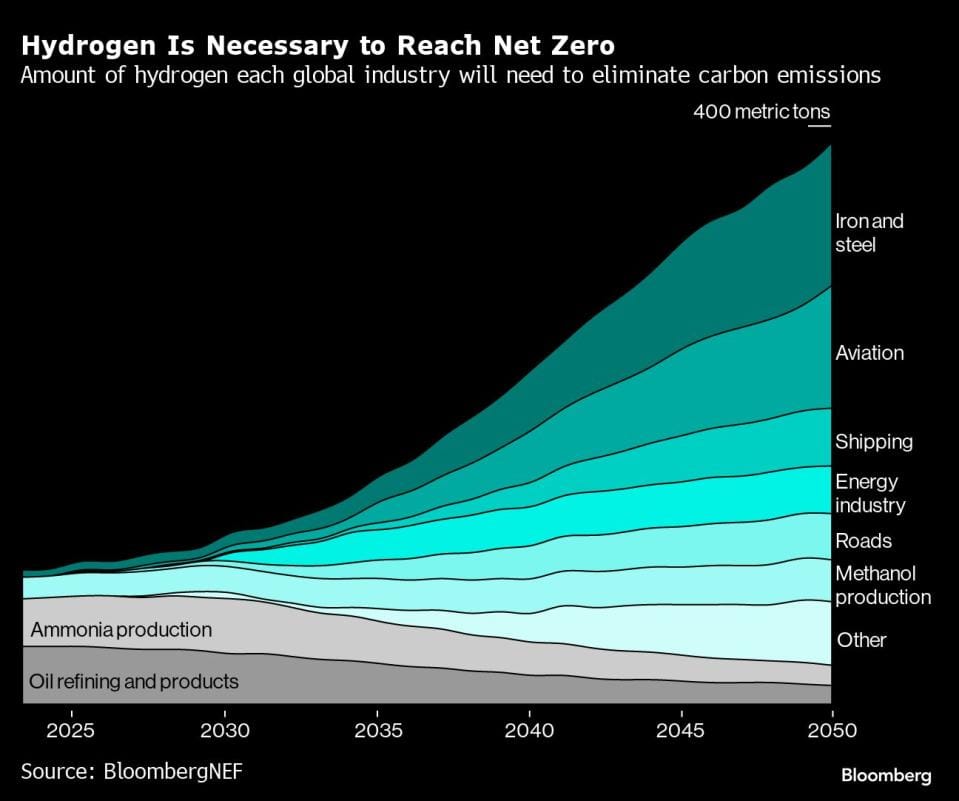Australia's A$8 Billion Hydrogen Strategy for a $50 Billion Market

Strategic Plans, Financial Commitments, and International Partnerships Shaping the Future of Hydrogen Exports
Table of Contents
- Australia's Green Hydrogen Goals
- Australia's New Hydrogen Strategy
- Australia and Germany's Historic Green Hydrogen Deal
- Overcoming Challenges
- What's Next
By the end of this decade, Australia plans to be a major player in the global green hydrogen market. It’s an exciting turn of events, especially given the sluggish progress in this low-emissions fuel's global trade.
Australia's New Hydrogen Strategy
Australia’s ambitious new hydrogen strategy aims for the country to become a global leader in this sector. The updated National Hydrogen Strategy outlines a plan where about A$8 billion ($5.4 billion) in government incentives. This could unlock a A$50 billion in private investment over the next decade; This could boost annual production to at least 500,000 tons of green hydrogen, with exports hitting a minimum of 200,000 tons by 2030. These targets align with the global demand projections by the International Energy Agency (IEA), which estimates that hydrogen demand could rise to between 250 and 420 million tonnes annually by 2050 if net-zero emissions pathways are pursued.
Energy Minister Chris Bowen is quite optimistic. He envisions hydrogen not just as a standalone solution but as a complementary force to electrification. This is particularly significant for hard-to-abate industries like steelmaking, where electrification alone might not cut it.

Australia and Germany's Historic Green Hydrogen Deal
One of the most exciting aspects of this strategy is the partnership with Germany. Germany will invest A$660 million ($444 million) dedicated solely to Australian green hydrogen imports.
This partnership is not only about funding but also about building a resilient supply chain. The H2Global model, which Germany is using for this auction, aims to create a stable market for green hydrogen by bridging the gap between high production costs and market prices. This mechanism will ensure that Australian producers can sell their hydrogen competitively in European markets.
Australia’s competencies in green hydrogen production are also bolstered by substantial investments in infrastructure and technology. The Australian government’s funding includes support for the Hydrogen Headstart program, the Advancing Hydrogen Fund, and the Regional Hydrogen Hubs Program. These investments, totaling over A$4 billion, are designed to accelerate hydrogen production and support the development of a domestic hydrogen industry.
The new strategy and international cooperation with Germany represent a pivotal moment for Australia's green hydrogen sector. By 2050, if Australia meets its production targets, it could help avoid up to 186 million tonnes of carbon dioxide emissions annually.
Germany’s State Secretary for Economic Affairs and Climate Action, Anja Hajduk, highlighted that Germany will rely heavily on hydrogen imports to meet 50-70% of its hydrogen demand by 2030. This reliance on imported hydrogen underscores the importance of international partnerships in achieving carbon neutrality.

Overcoming Challenges
Despite the exciting prospects, Australia’s journey into the green hydrogen market hasn’t been without its hurdles. For instance, Andrew Forrest, a prominent advocate for hydrogen and founder of Fortescue Ltd., recently put a pause on his ambitious target of producing 15 million tons of hydrogen annually by 2030. The reason? High energy prices have made such goals more challenging to achieve.
Moreover, demand for green hydrogen is still catching up. According to Bloomberg, only about 12% of the production capacity expected to come online by the end of the decade has a confirmed buyer, and only a small fraction of these agreements are binding. Clearly, there’s work to be done in building a reliable market.

So, what’s next for Australia’s green hydrogen strategy?
The country’s updated blueprint sets out four key objectives:
1. Identifying the most promising demand sectors
2. Building a cost-competitive industry
3. Boosting domestic market opportunities
4. Boosting international market opportunities
With its vast open spaces ideal for solar farms and wind turbines, Australia is well-positioned to lead this charge.
In the broader context, while the U.S., Europe, and China are expected to dominate hydrogen supply by 2030, Australia’s efforts represent a crucial piece of the global puzzle. If successful, this strategy could not only meet domestic energy needs but also establish Australia as a pivotal player in the green energy landscape.





